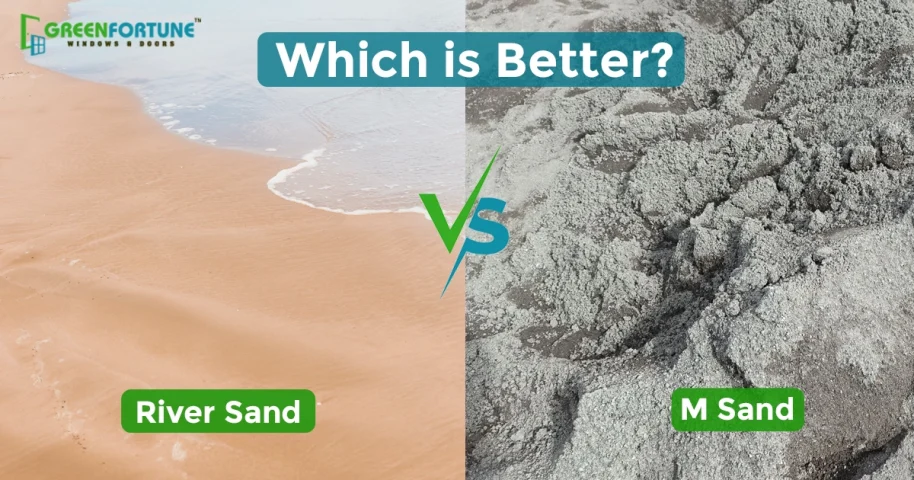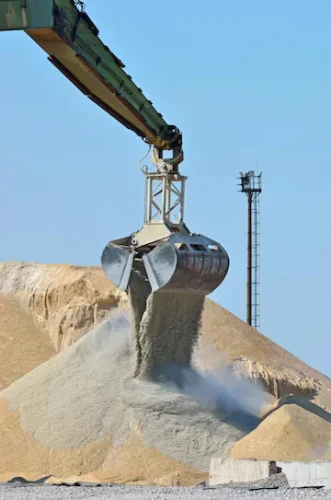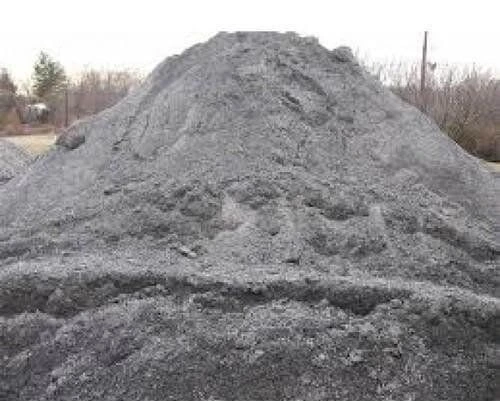
How to Repair a Wall Crack at Home: A Guide For You
February 12, 2025
Aerated Concrete Block Sizes: Your Complete Guide to AAC Blocks in Construction
February 13, 2025Sand is one of the cornerstones of construction materials, playing an essential role. While traditionally, river sand was utilized for building projects, manufactured sand (M sand) has increasingly become sought-after as an alternative.
This blog highlights the subject of river sand vs M sand and compares and contrasts both types of sand, their prices, quality, and uses in different construction projects. Knowing the advantages and disadvantages of each kind can help ensure you select one best suited to your construction task.
What Is M Sand?
M Sand means the sand that is manufactured by crushing stones and rocks—typically granite—into smaller particles until they resemble natural river bed sand in terms of consistency and reliability for construction use.
The unit weight of M Sand typically ranges between 1.75 to 1.90 kg per litre or 1750 to 1900 kg per cubic metre. The M sand price range starts from Rs. 50 per cubic metre in India.
M sand production can help protect riverbeds and the environment by decreasing dependence on natural river sand, leading to its degradation. M Sand is processed using various crushing techniques that ensure its grain size remains uniform for maximum strength and durability when used for concrete construction projects or other purposes.
While M sand’s full form says that is a man-made alternative, it’s essential to recognize how river sand has been used historically.
P Sand (Plastering Sand) is a type of manufactured sand which is specifically produced for plastering and finishing work in construction. It is finely graded and has a smooth texture, making it ideal for interior and exterior wall plastering.
Suggested Read: 12 Types of Glass Windows You Need to Know About
What Is River Sand?
River Sand, also known as riverbed sand, has long been employed in construction due to its availability and natural qualities. It features smooth, round grains, making it an excellent material for mixing mortar and cement production. Its uniform texture has also made it the go-to option.
Unfortunately, due to the overuse of river sand in many areas, its mining process has resulted in ecological harm to river ecosystems.
Let’s get to know the key points of differences between the two types of sand.
River Sand Vs M Sand: Key Differences
When comparing river and M sands, many factors must be considered. We will take a look at their key differences. Let's compare their characteristics below:
Construction Applications of M Sand and River Sand
M sand has become increasingly important within construction practices as techniques evolve. Its high quality and eco-friendliness have seen its use in sand work increase considerably over time.
1. Concrete Production
M Sand is widely utilized for concrete production due to its uniform texture and size, making it the go-to choice for high-strength concrete production producers.
River Sand was traditionally utilized in concrete mixes, but more construction projects chose M Sand due to its consistent quality.
2. Brick and Block Production
M Sand can produce blocks and bricks. Its fine grain size creates sturdy blocks that are suitable for wall structures.
River Sand is still used to produce this product in certain regions, but M sand is becoming more widely adopted due to its greater strength and cost-efficiency.
3. Mortar Mixes
Both types of sand may be used to craft mortar, with the M type being well known for its excellent bonding properties, which make for firm surfaces with smooth, sturdy finishes.
Suggested Read: How to Choose the Right Window Size Standard
Impact of M Sand Versus River Sand on Construction Cost and Time
Source: Pinterest
When selecting between M sand and river sand for construction projects, one of the key considerations should be its overall cost-effectiveness.
M sand also has cost-related advantages when used in construction
- Its good efficiency
- It is more uniform in shape and texture than its counterparts
- M sand offers improved workability and strength in concrete, which allows faster mixing times and smoother applications.
- It helps in cutting the labour time needed for mixing/handling the material.
- Its excellent durability means structures constructed using M sand tend to outlive their build life span more reliably which to reduced repair needs over time.
By contrast, river sand’s features like -
- Variable sizes and shapes, may cause inconsistencies in concrete strength.
- It leads to necessitating more resources to address them and increasing labour and material wastage costs.
- While river sand may appear cheaper initially, M sand's long-term cost stability, efficiency, and durability make it the more economical choice in many construction projects.
Note: According to the Indian Ministry of Environment, Forest and Climate Change, the illegal extraction of river sand has led to the depletion of 15-20% of river sand resources in certain regions over the past decade, prompting the increased use of manufactured sand (M sand) as a sustainable alternative.
Ultimately, understanding the distinctions between river sand and M sand allows for better decision-making regarding material selection in construction.
Suggested Read: The Different Types of uPVC Casement Windows
Conclusion
Both materials offer distinct advantages and disadvantages when discussing river sand vs. M sand. While river sand has long been preferred as a construction material, M sand has increasingly gained favour due to its consistency of quality, accessibility, environmental benefits, affordability, dependability, and environmental advantages—making it an attractive alternative option.
Decisions between river sand vs M sand should depend upon your construction project needs. While M Sand could be more sustainable and economical, river sand may still be feasible in specific locations.
By making conscious choices and considering their environmental impacts when selecting building materials and supplies, you can contribute to more eco-friendly construction practices in the future.
Discover GreenFortune – Your Go-To Partner for Premium uPVC Windows and Doors!
As your trusted partner in premium uPVC windows and doors, GreenFortune is committed to providing top-tier solutions that enhance the strength, energy efficiency, and aesthetic appeal of your home. Explore our extensive range of uPVC window designs, crafted for ultimate comfort and long-lasting performance.
Contact us today and experience the GreenFortune difference!









